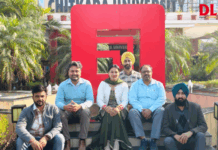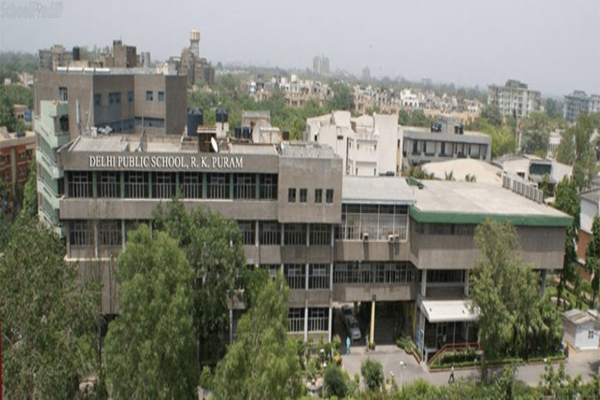Reiterating its commitment to bridge the digital divide and foster education, Cisco, the worldwide leader in networking for the internet has announced a major expansion to its NetAcad (Networking Academy Program) in the Gulf region. Over 2006 financial year, the program grew 73 percent as compared to 2005 and in all, 45 new academies were established over the last year.
This announcement also follows a recently published IDC report highlighting the growing gap in the supply of qualified networking professionals required to support the technology infrastructure of the booming Middle East economy. The expansion to the Cisco Networking Academy Program aims to bridge growing ICT skills shortages in the region by providing a curriculum tailored to industry's needs. The program runs in high schools, colleges, universities, technical and military schools, community-based organizations and government organizations. Its curriculum combines the theory and practice of designing, developing and implementing the networks that underpin businesses and other organizations. In all, 111 academies have been established across UAE (27), Pakistan (56), Afghanistan (7), Oman (10), Bahrain (3), Kuwait (4), Qatar (2) and Yemen (2).
Launched in October 1997, the Networking Academy program has grown to more than 11,000 academies in more than 151 countries. The curriculum comprises a variety of courses for careers in network design and administration, technical support, programming, software engineering, database development and administration.
It is delivered in 11 languages to over 1.9 million students in academies in high schools, colleges, universities, technical schools, community based organizations and other educational programs around the world.
The Academy program uses a blended learning model, integrating face-to-face teaching with a Web-based curriculum, hands-on lab exercises, and Internet-based assessment. Graduates are prepared for networking and IT careers in the public and the private sectors, as well as for higher education in engineering, computer science and related fields.



















